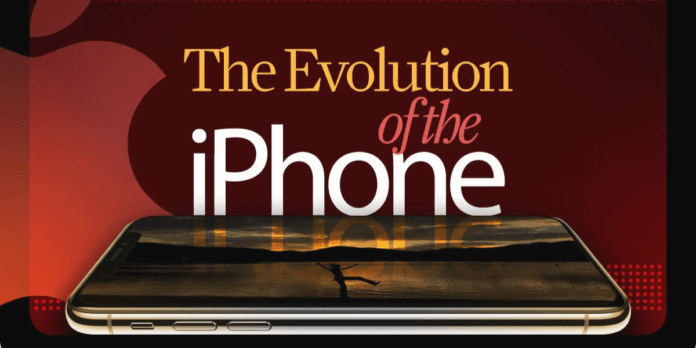In the ever-evolving world of technology, trends come and go, and devices rise and fall in popularity. One such iconic device is the iPhone, which revolutionized the smartphone industry when it was first introduced in 2007. Over the years, the iPhone has undergone numerous iterations, adapting to changing consumer needs and technological advancements. With the introduction of newer models, some may argue that the iPhone is dead. However, upon closer examination, it becomes clear that the iPhone is very much alive and thriving, continuously pushing the boundaries of innovation. This article explores the evolution and future of the Apple iPhone, highlighting why it remains a dominant force in the smartphone market.
The Evolution of the iPhone:
The original iPhone introduced a revolutionary multi-touch interface, a mobile web browser, and a rich app ecosystem that laid the foundation for modern smartphones. Subsequent generations brought improvements in design, processing power, camera capabilities, and software features. The iPhone became more than just a communication device; it became a symbol of technological prowess and elegance.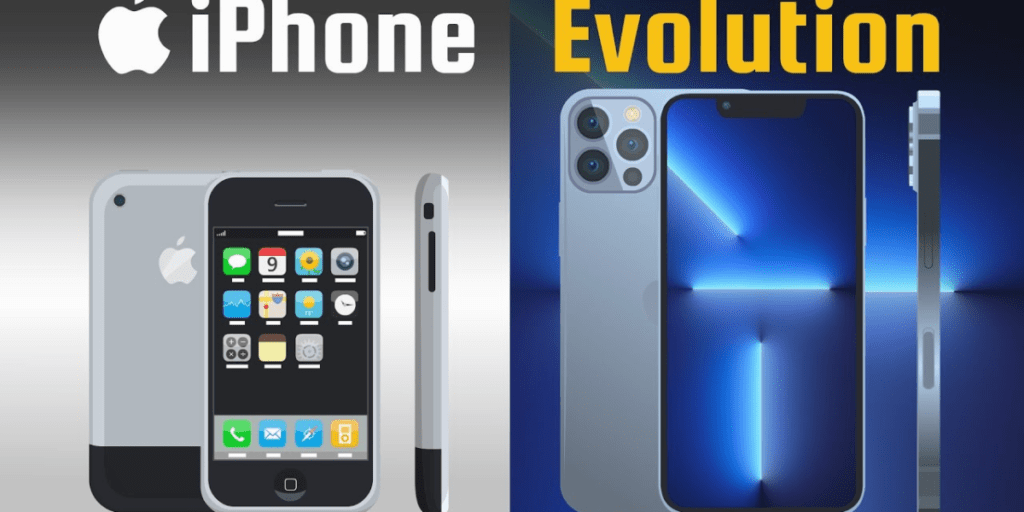
Technological Advancements:
With each new release, Apple has consistently raised the bar for smartphone technology. From the introduction of Retina displays to the integration of Face ID, the iPhone has set the standard for display quality and biometric security. Apple’s custom-designed A-series chips have consistently delivered industry-leading performance, enabling smoother multitasking, faster app launches, and enhanced gaming experiences. The iPhone’s camera systems have also evolved significantly, boasting advanced computational photography features and professional-grade capabilities.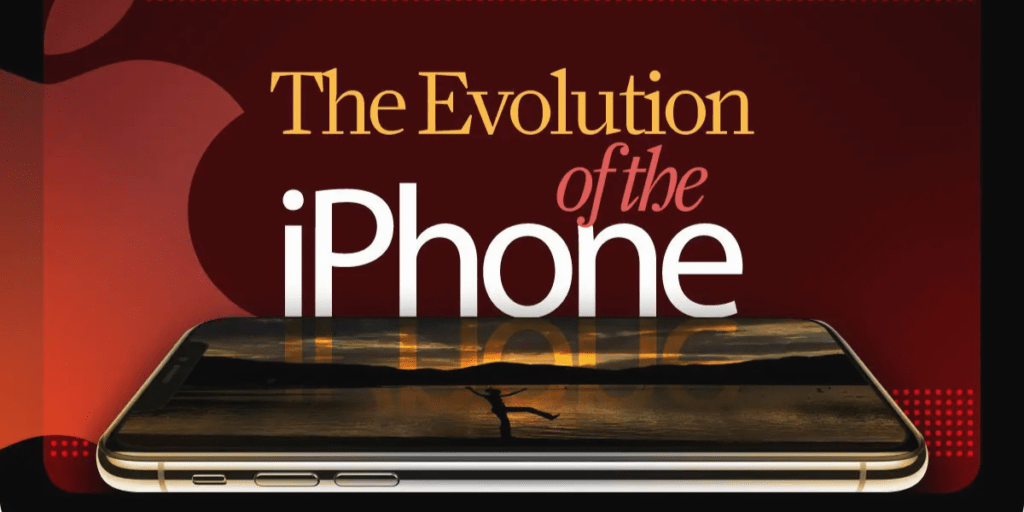
Seamless Integration with the Apple Ecosystem:
One of the key strengths of the iPhone is its seamless integration with the broader Apple ecosystem. iCloud allows users to effortlessly sync data across their devices, ensuring a consistent and unified experience. The tight integration between hardware and software enables features like Airdrop, Handoff, and Continuity, allowing users to seamlessly transition between their iPhone, iPad, Mac, and Apple Watch. This integration not only enhances user convenience but also encourages brand loyalty and ecosystem lock-in.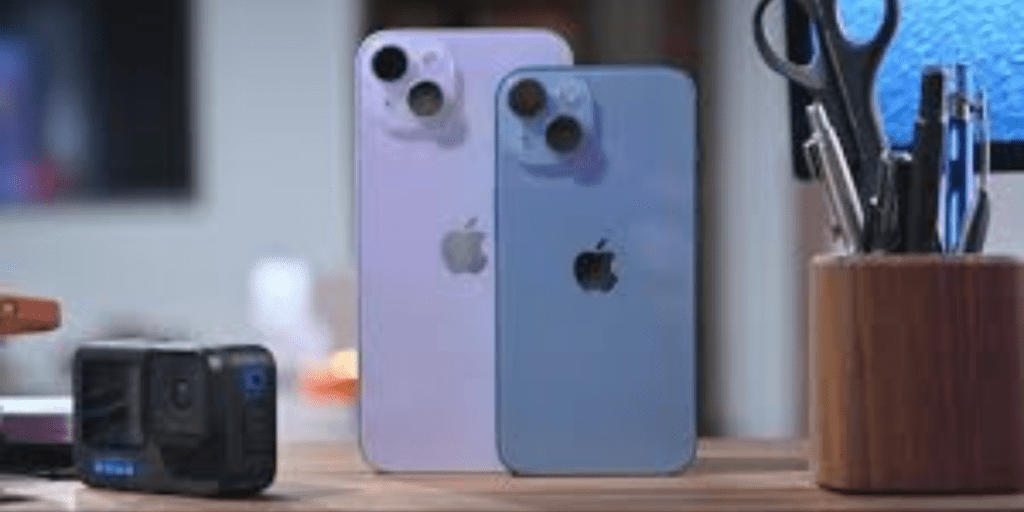
Software Updates and App Store:
Apple’s commitment to providing regular software updates ensures that even older iPhone models continue to receive new features and security enhancements. Unlike many Android devices, which often suffer from fragmented software updates, the iPhone maintains a consistent user experience across its range of supported devices. Furthermore, the App Store offers an unparalleled selection of high-quality apps, allowing users to personalize their iPhones and enhance their productivity, creativity, and entertainment.
Continued Innovation and Future Prospects:
Apple’s dedication to innovation ensures that the iPhone remains at the forefront of technological advancements. The company’s investments in augmented reality (AR), artificial intelligence (AI), and machine learning (ML) present exciting possibilities for future iPhone models. With the introduction of 5G connectivity, the iPhone is poised to unlock new experiences, such as faster download speeds, lower latency, and improved gaming and streaming capabilities. Additionally, rumors of foldable iPhone prototypes and advancements in battery technology hint at the potential for groundbreaking design and extended battery life.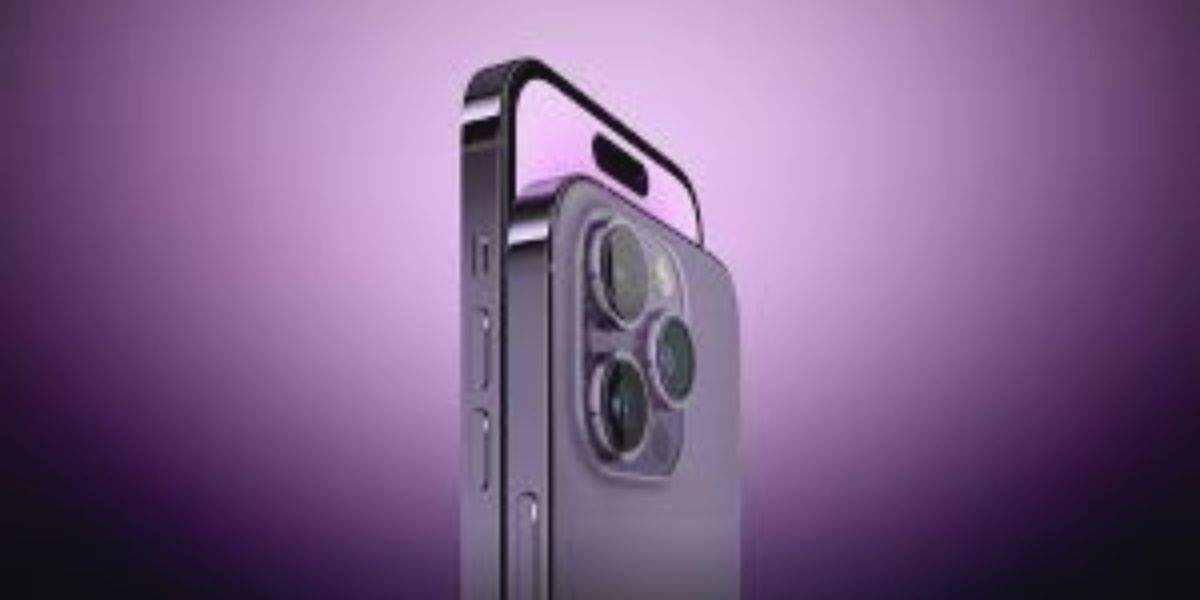
Conclusion:
While some may argue that the iPhone is dead, the reality is quite the opposite. The Apple iPhone continues to dominate the smartphone market, captivating users with its cutting-edge technology, seamless integration, and commitment to innovation. Through continuous advancements and a thriving ecosystem, the iPhone remains a symbol of excellence in the smartphone industry. As Apple pushes the boundaries of what’s possible, it’s clear that the iPhone’s legacy will endure, cementing its place as a timeless and iconic device. The iPhone is dead long live the Apple iPhone.

